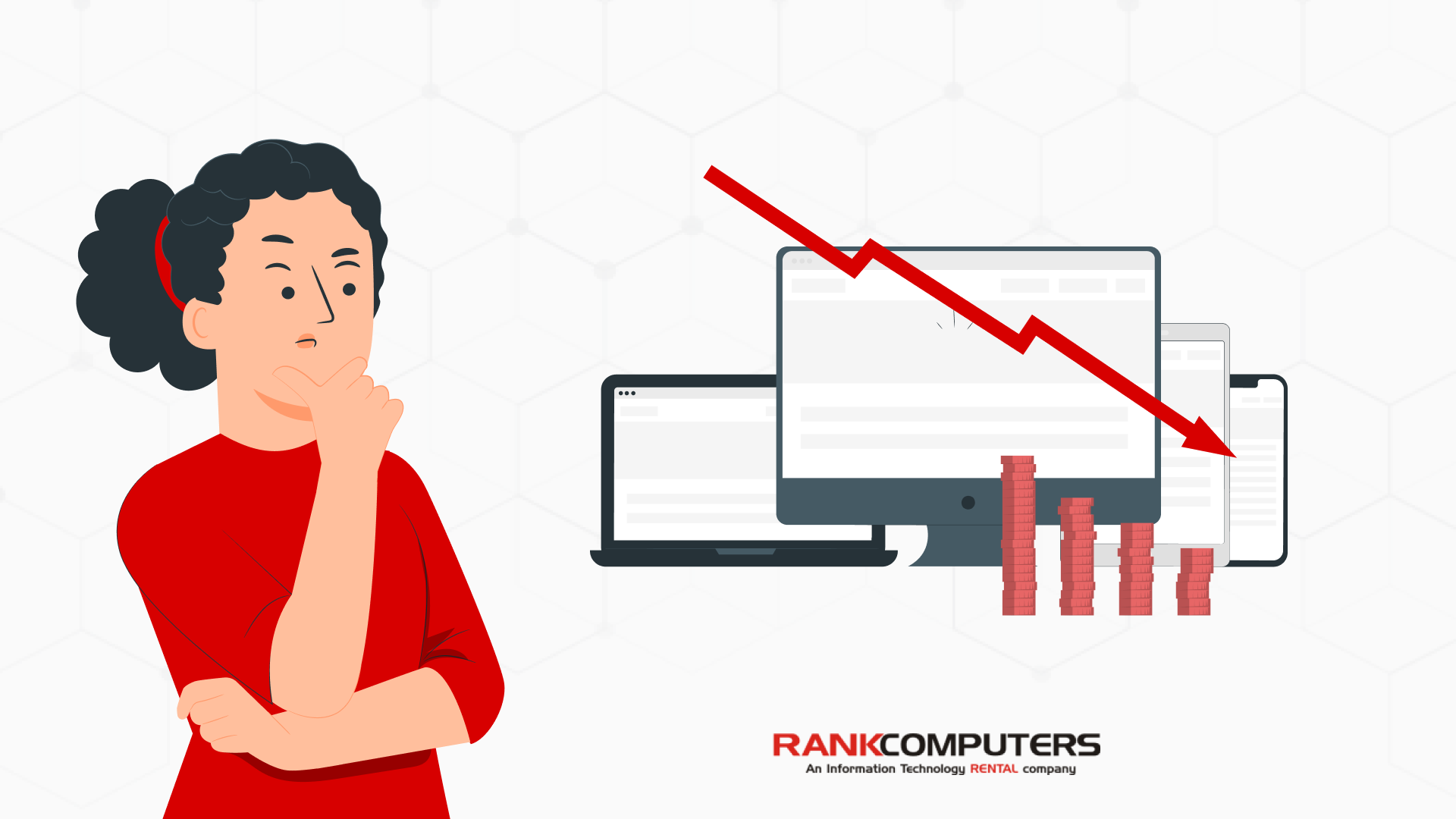With the digital world on a steady rise, Information Technology (IT) has emerged as an irrefutable factor with regards to the growth and development of businesses and organisations.
A study by McKinsey found that companies that fully utilise digital technologies can increase their productivity by up to 40%.
However, IT expenses can often come across as a significant burden for your organisation, impacting its overall profitability and growth. In such cases, taking a strategic approach to IT-related cost reduction can prove profitable for your business. Not only does it help in managing your IT expenses, but also it allows you to free up capital, which you can then allocate to other aspects of your business.
Backed by the latest facts and statistics, this blog can act as a guide for you to reduce your business’s IT costs. Let’s dive in.
How to reduce IT expenses for your organisation?
Assess your current IT infrastructure
This is the first step towards cutting down on unnecessary IT expenses, and it is also often overlooked. Start by taking a closer look and evaluating your organisation’s current IT infrastructure – the equipment you currently have, its requirements, its performance, and its efficiency.
According to Gartner, 30% of IT spending is wasted on underutilised or unnecessary hardware, software, and services.
If you find yourself looking at devices that serve little to no purpose in your daily operations, you might want to consider discarding them. Listed below are ways in which you can conduct this assessment:
| Software inventory | During the assessment, take note of every application and license used by your organisation. Eliminate any redundant and unused software that can be discontinued. |
| Hardware inventory | Evaluate every server, storage device, desktop, networking equipment, laptop, etc. and eliminate or replace the ones that are outdated or are consuming more energy than necessary. |
| Data storage and backup | Assessment of the data storage and backup equipment is a very necessary step, as it can also help in understanding the recovery capabilities, should a disaster occur. Both cloud storage and on-premises equipment should be taken into consideration, and the ones that are redundant can be further cleared or eliminated. |
| Network architecture | Every router, firewall, wireless access, etc. should be evaluated for security and optimisation as per the business’s needs. |
Leverage cloud computing
According to a study by Rackspace, businesses that migrate to the cloud can achieve a 23% reduction in IT costs.
Cloud computing has been a go-to for most businesses of late. By shifting your existing IT infrastructure to the cloud, you can eliminate the need for on-premises hardware maintenance and energy consumption. You can take advantage of expandable resources, pay-as-you-go models, and more. Additionally, having digital backups also helps minimise the risk of losing data if a disaster occurs. This allows you to enhance cost reduction while also improving your company’s IT performance and agility.
Optimise software licensing
Gartner estimates that organisations overspend by 30% on average due to inefficient software license management.
In order to ‘cut costs’, businesses tend to use pirated or unlicensed software for their systems. This gets the job done, but it also causes systems to crash or impacts the performance of the devices. In the long run, the maintenance costs add up to become more than the cost of purchasing licensed software in the first place.
Optimising software licensing can have a significant impact in terms of cost reduction and profit. The table below provides a step-by-step guide:
| Cost efficiency | Eliminating the cost of unused or underutilised licenses, identifying redundancy, consolidating licenses and negotiating favourable pricing terms help in enabling payment for only required resources, resulting in immediate cost-savings. |
| Compliance and legal risks | By ensuring compliance with licensing agreements, the risk of fines and legal disputes can be dramatically reduced. |
| Flexibility and Scalability | Opting for cloud or subscription-based models helps avoid unnecessary upfront costs and optimise budget allocations. |
| Vendor negotiations | By analysing software usage patterns and consolidating licenses, then demonstrating a clear understanding of your software needs and usage, price negotiations, volume licensing agreements, or discounts to the vendor can ensure substantial savings and can also help improve customer-vendor relationships. |
| Open-Source and Alternative Solutions | By exploring open-source software options, businesses can shift from proprietary software to alternative solutions, thus eliminating the need for expensive licensing fees. |
| Leasing Software | You can completely eliminate the need for purchasing licensed software and ensuring compliance, by simply renting software for your IT devices. When you rent your software from trusted rental providers, you can rest assured about the licensing, as well as the maintenance. |
Prioritise security measures
A report by the Ponemon Institute found that organisations that effectively manage data privacy regulations experience 40% lower overall costs of compliance.
A cyberattack or security breach is an evident issue in today’s digital world. Not enough emphasis can be put on the fact that cyber attacks can hinder the smooth-functioning and reputation of an organisation and also impact the trust and loyalty of customers. It can cost the organisation a lot of money.
These issues can be avoided by investing in proper and robust security measures. One of which is hiring a cybersecurity consultant, who can keep an eye on every nook and cranny of the company’s IT infrastructure and maintain it further. Implementing robust security measures helps prevent data breaches and the associated financial damages.
Conclusion
The importance of the IT sector cannot be underestimated, nor can it be overemphasised. It drives efficiency, enhances communication and collaboration, improves customer experiences, and ensures security and risk management. By taking strategic actions and steps, as mentioned above, businesses and organisations can effectively reduce their IT costs while maintaining operational efficiency. Although the steps that are listed above are not exhaustive, using and tailoring them according to your needs, regular monitoring, and modifications can ensure continuous improvement, and a reduction in costs.



